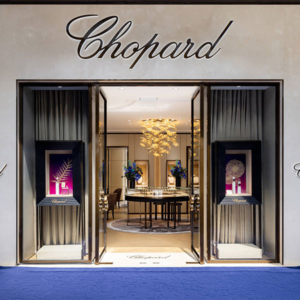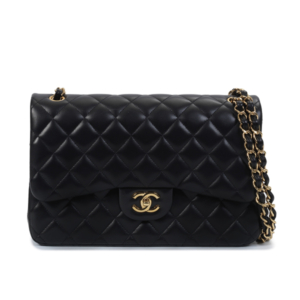
As part of Botswana’s new agreement with De Beers, the country has agreed to increase its support of natural diamond marketing, De Beers chief financial officer Sarah Kuijlaars tells JCK.
The new deal calls for state-owned Okavango Diamond Company (ODC) to sell more diamonds mined by Debswana, the jointly-owned mining company. That number will eventually hit 50% of production within 10 years. (It currently sells 25%.)
With that will come “increased responsibilities for ODC, in the space of beneficiation and marketing support for the overall industry,” Kuijlaars says.
While she couldn’t share the specific amount ODC will contribute to marketing, it will be released when the full contract is sent for approval to the shareholders of De Beers parent company Anglo American, she says. Just don’t expect that to happen soon.
“We have to translate that agreement in principle into long-form documents,” says Kuijlaars. “Some of these agreements are very old, and very verbose. We have to translate those for the next 10 to 25 years. That will take a bit of time and a lot of involvement with the lawyers. We expect it take months, not weeks.”
Asked about Lightbox’s decision to sell engagement rings, Kuijlaars stresses it’s just a test for De Beers’ lab-grown diamond brand.
“It’s a very limited pilot in two or three cities in the U.S., with a limited number of units. It is to really understand consumer behavior,” she says. “Some retail units out there are selling lab-grown at an unsustainable margin. We know that lab-grown [margins and prices] at the wholesale level are coming down and will continue to come down, but they haven’t yet at retail. So this is a pilot to understand consumer behavior, but it’s limited. And we look forward to assessing the result of that pilot.”
If consumers respond favorably, would Lightbox sell engagement rings in response to consumer demand, as CEO Antoine Borde indicated?
“When we understand the results of that pilot, Antoine and the board of De Beers will reach the right decision for De Beers,” Kuijlaars says.
According to Anglo American’s financial results released today, De Beers’ total revenue in the first half of the year decreased to $2.8 billion, from $3.6 billion during the same period last year. Rough diamond demand fell in the first six months of 2023 to $2.5 billion, from $3.3 billion in 2022. By volume, the company sold 15.3 million carats in the first half, about equal to the same period last year, as this year’s mix contained a higher proportion of low-value stones.
That’s because “sightholders are being relatively conservative, and in doing so, they’ve sought out more of the lower-value goods,” Kuijlaars says.
She says De Beers’ sales have been hurt by a “tough” macroeconomic climate, in both the United States and China. “We are confident, but it’s going to be a bit of a bumpy road in the coming months.”
She maintains that natural diamond demand remains strong, noting it’s grown by a “healthy” average of 6% in the U.S. over the past 10 years.
“If you think about middle-class growth in China, that’s going to grow by an extra 100 million–plus family units over the next 10 years. India is also growing. So the long-term dynamics remain strong for natural diamond demand.… We’re very much focused on how we ride out this difficult period to become more resilient in the future.”
(Photo courtesy of De Beers)
Follow JCK on Instagram: @jckmagazineFollow JCK on Twitter: @jckmagazine
Follow JCK on Facebook: @jckmagazine






